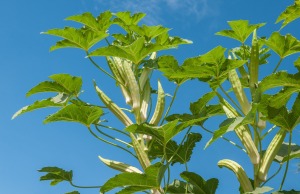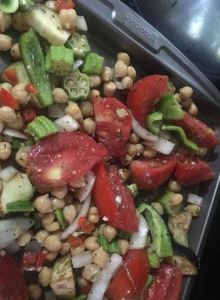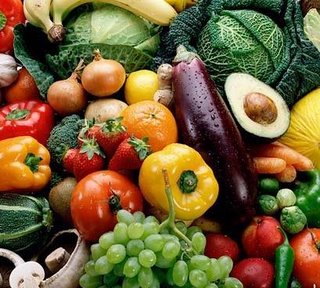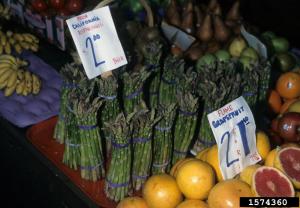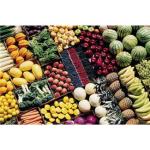I love walking into the grocery store into the produce section! The colors and textures of the fruits and vegetables are bright and beautiful. Seeing my fridge at home packed with a bright selection of fresh produce is fun too if I have a plan to use them all.
One-third of the world’s food is wasted. Approximately 40 to 50 percent of food waste happens at the consumer level. In the US, the average person wastes 238 pounds of food per year or about 21% of the food they buy. This costs consumers $1,800 per year. Fresh fruits and vegetables account for the largest of these losses.
Reevaluating your fridge can help not only the environment but your wallet as well. Consider these tips to help optimize your fridge and fresh food storage:
Prep: I often find a member of my household staring at the open fridge then uttering the famous words “there’s nothing to eat.” Doing a few minutes of prep work after grocery shopping can save time later and ensure your fresh produce gets used. Cut carrots, broccoli, celery, and other vegetables. You will be grateful this is done when you are reaching for a snack. Having these prepped also makes them a quick option to add to meals. Finally, unused fruits and vegetables that are already prepped can be added to a freezer-safe container and frozen before they spoil.
Clean: Set aside time each week to clean and take an inventory of your fridge and freezer. This task can be done in 30 minutes. Take time to throw away expired food and leftovers while wiping spills and cleaning surfaces. As the food is returned to the fridge take stock of what needs to be used and plan. Use this cleaning to check the temperature of your fridge and freezer. Your refrigerator should be at or below 40°F. The freezer temperature should be set at 0°F. Checking these temperatures regularly can help ensure your food stays fresh longer.
Glass Jars: Consider using recycled glass or mason jars for food storage. These are great to keep food fresh and are easy to see what is inside. Glass jars are easy to clean and their airtight seal will keep foods fresh. To reuse jars, just wash, remove the label, and they are good to go!
Throw in a Towel: Sounds weird? Wrapping fresh broccoli or cauliflower in a slightly damp towel will keep them crisp. Storing spinach or lettuce in a glass container with a dry towel on top will help them stay crisp and fresh.
Don’t Over shop: Try not to over shop. You may get excited about a good deal, but if you don’t have a plan to use a large amount of something on sale that good deal may become food waste. Try to keep in mind how much of an item that you will use and avoid buying more than you need. Cleaning and taking regular stock of what is in your fridge will help avoid overbuying.
You know your fridge and your habits more than anyone else. Consider your habits and the foods you enjoy while you figure out a system that works for you. If you are storing food safely there is no right way to stock and maintain your fridge.

Writer: Alisha Barton, Extension Educator, Family & Consumer Sciences, Ohio State University Extension, Miami County, barton.345@osu.edu
Reviewer: Dan Remley, Field Specialist, Food, Nutrition, and Wellness, Ohio State University Extension
Resources:
Are You Storing Food Safely? (2021) U.S. Food and Drug Administration. https://www.fda.gov/consumers/consumer-updates/are-you-storing-food-safely
Food Waste Is a Massive Problem-Here’s Why. (2021) FoodPrint.

